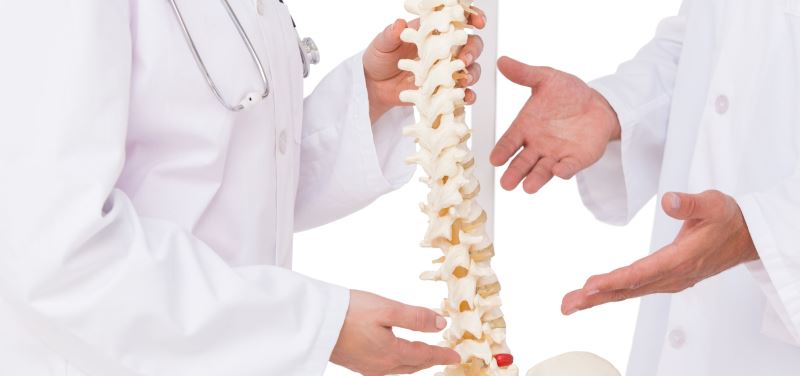3 Common Types Of Back Pain Explained
Category: Back Pain | Author: Stefano Sinicropi

Spine pain comes in many different shapes and sizes. It’s estimated that more than 90 percent of the population will experience spine pain at some point in their life, but the source of everyone’s pain can be widely different. There are a number of different root causes of back pain, but they generally fall into one of three subsets of back pain. We explore those three subsets in today’s blog post.
Mechanical Pain
Mechanical spine pain is defined as pain that is caused by placing abnormal stress and strain on the structures of the spine or the spinal column itself. Oftentimes we bring mechanical spine pain on ourselves, through bad habits like poor posture, excessive sitting, incorrect lifting and squatting techniques or because we’re constantly looking down at our phones. However, because we tend to bring this pain onto ourselves, treatment options are more straightforward. Following proper posture and spine care techniques can help alleviate a lot of discomfort caused by mechanical pain. If mechanical back pain is ignored or intervention techniques aren’t used early enough, more invasive treatments like surgery may be necessary.
Radicular Pain
Radicular spine pain is pain that radiates into the lower extremities via an injury to a nerve root. Damage to nerve roots can be caused by compression, inflammation or an injury to the area. Oftentimes these injuries are brought upon by certain spine injuries, like a herniated disc, foraminal stenosis or peridural fibrosis. Radicular pain typically sends pain signals to other areas of your body, usually to the extremities but most commonly down the hip and leg. Similar to mechanical pain, radicular pain can oftentimes be treated with conservative methods so long as the problem isn’t too severe. Common treatments for radicular spine pain include physical therapy, injections and anti-inflammatory medications. If surgery is needed, it will likely be a decompressive operation to free the affected nerve.
Myofascial Pain
Myofascial pain can have qualities of both mechanical and radicular spine pain. Myofascial spine pain is caused by muscle irritation in the spine. The large muscles in your upper spine are prone to developing myofascial pain that originates in sensitive trigger points throughout the muscle tissue. Oftentimes this type of pain is caused by muscle stress or repetitive motion of the same muscle groups in the back, but it can also arise out of poor posture habits. Treatment options generally focus on stretching and strengthening the muscles in the area of the back causing pain. Chiropractic adjustment, massage therapy and physical therapy can help resolve myofascial spine pain.